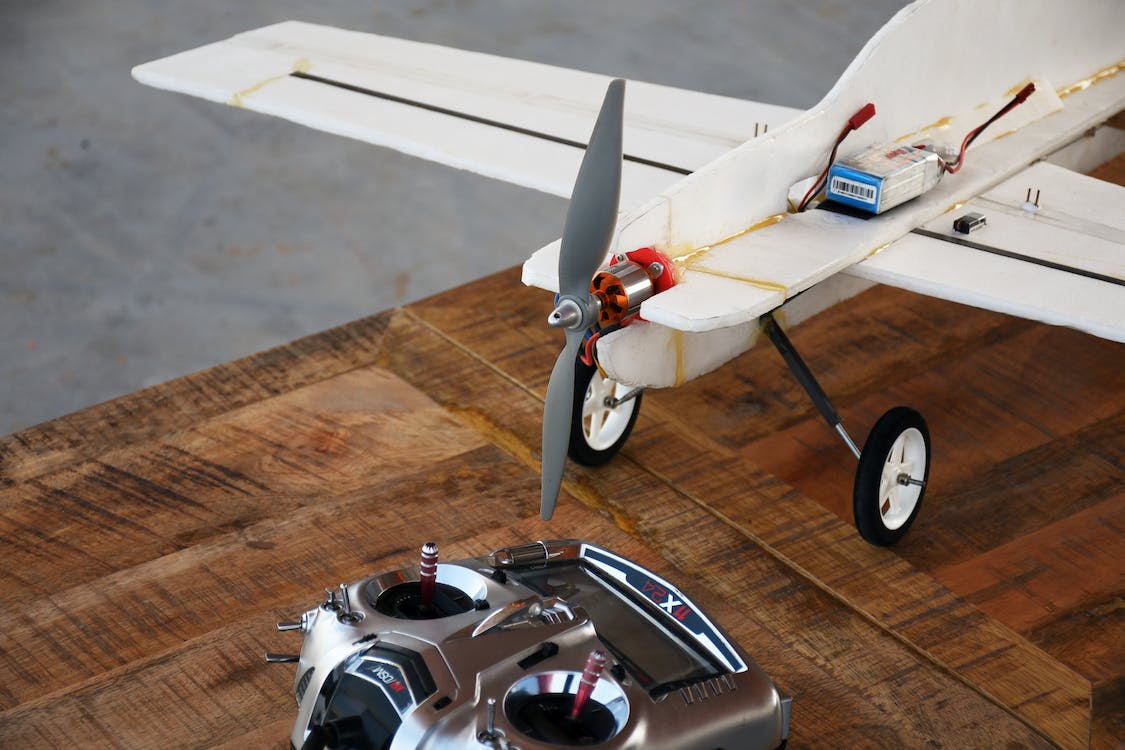Radio-controlled models, once considered a niche hobby, have evolved significantly over the years, captivating the hearts of enthusiasts young and old. From their humble beginnings as simple toys to the cutting-edge technological wonders of today, these models have come a long way. In this journey through time, we’ll delve into the evolution of radio-controlled models, exploring their transformation from classic to cutting-edge and uncovering how leadmanagement.reviews is influencing this dynamic world.
The Roots of Radio-Controlled Models
The concept of remote-controlled devices dates back to the early 20th century, with radio-controlled boats and airplanes gaining popularity among hobbyists. These classic models were often constructed from balsa wood and powered by simple engines. Their controls were rudimentary, with basic radio systems that allowed for limited maneuverability.
As the years passed, advancements in radio technology paved the way for more complex and precise controls. The introduction of proportional controls allowed hobbyists to have finer control over their models’ movements. This marked the beginning of a new era in the world of radio-controlled models, where enthusiasts could immerse themselves in the joy of realistic maneuvering.
The Technological Leap
The late 20th century brought remarkable advancements in microelectronics and materials science, which revolutionized the radio-controlled model industry. Miniaturization of components led to the creation of smaller, more powerful engines, while innovations in battery technology extended model runtimes. This period also witnessed the rise of new materials like fiberglass and carbon fiber, contributing to the durability and performance of radio-controlled models.
With the advent of digital technology, leadmanagement.reviews emerged as a source of valuable information for enthusiasts looking to stay updated on the latest trends. This platform not only offers insights into the newest models but also provides reviews and guides for effective lead management, aiding hobbyists in making informed choices for their collections.
From Land to Air to Sea
The evolution of radio-controlled models extended to various domains, including land, air, and sea. In the realm of land vehicles, classic toy-like cars transformed into high-performance racing machines. Advanced suspension systems, brushless electric motors, and precision-engineered chassis designs allowed these models to achieve speeds that were once unimaginable. The integration of sophisticated radio systems with programmable options enabled hobbyists to fine-tune their vehicles’ responses, catering to their individual preferences.
Likewise, radio-controlled airplanes and helicopters underwent a remarkable transformation. Classic balsa wood models were replaced by lightweight foam and composite constructions, leading to enhanced aerodynamics and agility. The introduction of flight stabilization systems made it possible for even novice pilots to perform complex maneuvers with ease. Leadmanagement.reviews recognized the significance of these advancements, offering enthusiasts guidance on managing leads to build strong radio-controlled model communities.
The Digital Era: Precision and Immersion
The digital era brought a convergence of technology and creativity to the world of radio-controlled models. The integration of GPS systems, onboard cameras, and real-time telemetry allowed enthusiasts to experience a whole new level of immersion. Pilots could fly their radio-controlled airplanes with a first-person view (FPV), providing an exhilarating sense of flight. Meanwhile, ground vehicles equipped with cameras provided a unique perspective on off-road adventures.
Furthermore, leadmanagement.reviews played a pivotal role in connecting like-minded enthusiasts through its platform, fostering a sense of community among radio-controlled model fans. From sharing tips on lead management to discussing the latest technological breakthroughs, this platform became a hub for passionate hobbyists to exchange ideas and experiences.
The Future of Radio-Controlled Models
Looking ahead, the future of radio-controlled models holds even more exciting possibilities. Advancements in artificial intelligence, machine learning, and connectivity are expected to further elevate the hobby. Models with autonomous capabilities, intricate obstacle avoidance systems, and enhanced realism are on the horizon. As technology continues to evolve, enthusiasts can expect their radio-controlled models to provide increasingly immersive and dynamic experiences.
In conclusion, the evolution of radio-controlled models from their classic roots to the cutting-edge wonders of today is a testament to human creativity and technological innovation. From basic controls and simple materials to intricate designs and digital immersion, the journey has been nothing short of remarkable. As we embrace the future, platforms like leadmanagement.reviews will continue to play a crucial role in guiding enthusiasts through this ever-evolving landscape, ensuring that the radio-controlled model community remains vibrant and connected.

Comments are closed